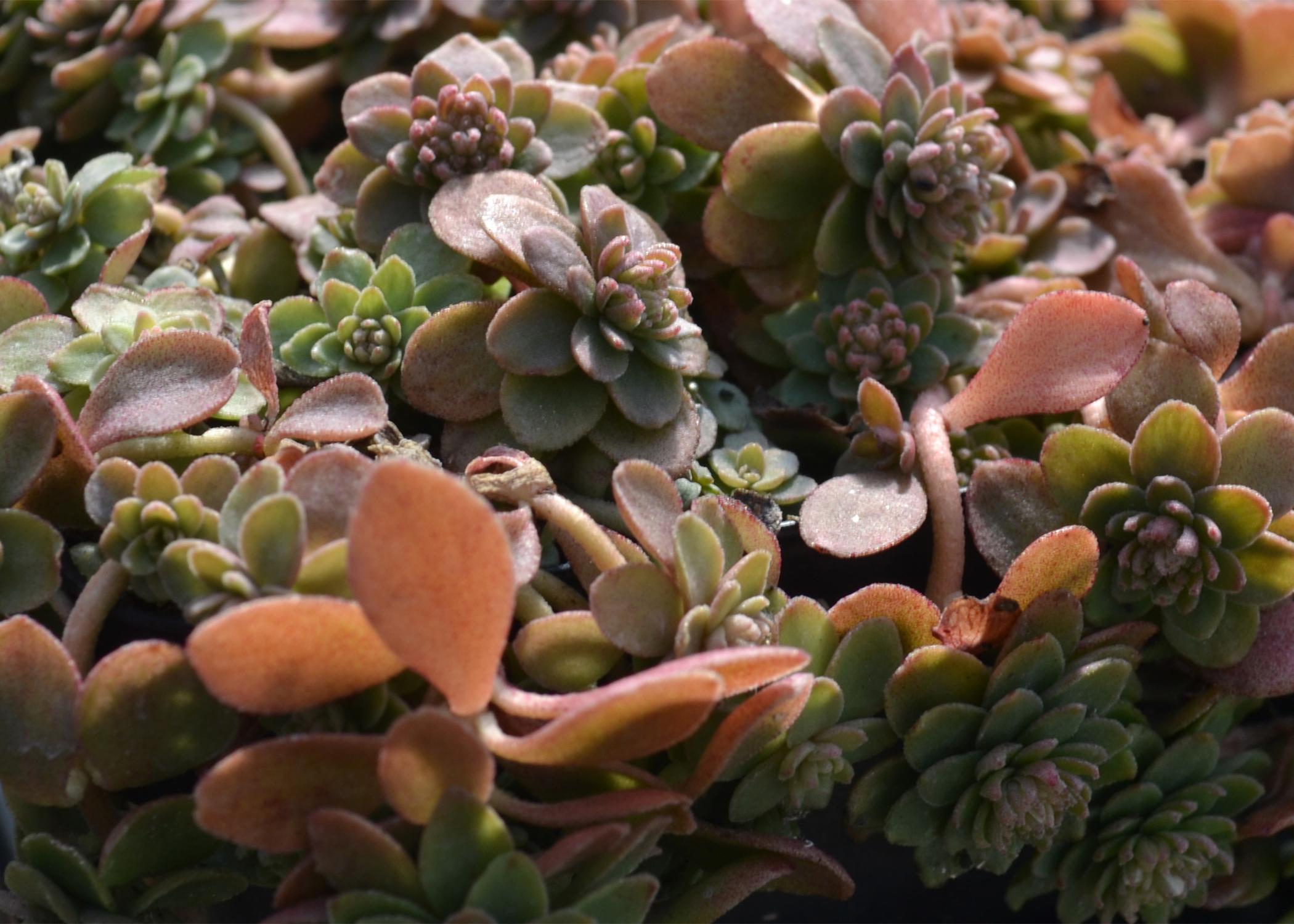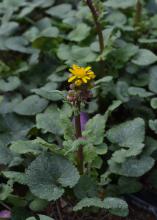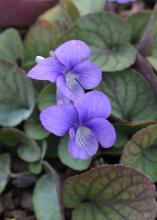Certain native plants thrive in shady landscape areas
I often get asked which plants thrive in the shade, so today I want to discuss some native selections that do just that.
During a recent visit to a nursery in New Albany, Mississippi, I came across some unique native plants that are perfect for partially to fully shaded areas. These plants brighten spaces, support pollinators and require minimal maintenance.
One of my favorites is Golden Ragwort, known scientifically as Packera aurea. It is a versatile perennial in the daisy family that provides year-round interest.
Golden Ragwort has deep green, heart-shaped leaves with a striking purple underside that adds visual appeal even when the plant isn’t blooming. In early spring, clusters of bright yellow, daisy-like flowers rise above the foliage, attracting bees and butterflies.
This native does well in damp conditions and is a great choice for woodland or rain gardens. While it enjoys consistent moisture in rich, well-draining soil, it can tolerate short dry spells once established.
Golden Ragwort spreads by rhizomes, making it an excellent ground cover. Cut the plant back after blooming to help maintain its shape and prevent excessive spreading. Its dense foliage provides shelter for small insects and wildlife.
Another standout is Walter’s Violet, which is scientifically called Viola walteri but sometimes known as Prostrate Blue Violet. Its delicate lavender to purple flowers bring a subtle yet beautiful splash of color to shaded woodland areas in early to mid-spring.
The classic, violet-shaped blooms of Walter’s Violet have dark purple veins, and the small, rounded leaves sometimes have a hint of purple underneath. This low-growing native spreads gently, making it perfect for softening the edges of pathways and filling in shady garden beds.
Walter’s Violet thrives in partial to full shade and prefers well-drained, moist soil that is rich in organic matter. While it likes consistent moisture, it can handle brief dry periods.
It’s a low-maintenance plant that spreads slowly by runners. You can divide it in early spring if it becomes too thick. Not only does it provide nectar for early-season pollinators, but its foliage also offers shelter for small insects.
Woods sedum, scientifically known as Sedum ternatum, is another fantastic shade-loving plant that caught my eye. It has several common names, including woodland stonecrop and three-leaved stonecrop.
This native forms a dense, low-growing carpet of succulent, light green leaves that sometimes take on a reddish tint in cooler months. In late spring, clusters of tiny white star-shaped flowers appear, creating a delicate contrast against the foliage.
Woods sedum is a tough and resilient plant. It prefers well-drained, slightly moist soil but can handle a variety of soil conditions and is remarkably drought-tolerant once established. It spreads slowly, making it easy to manage. You can divide it if needed or to share with a friend.
The small flowers of woods sedum attract pollinators, adding even more ecological value to the garden.
I’m always on the lookout for plants that thrive in the shade, and these native species are wonderful additions to the landscape.






